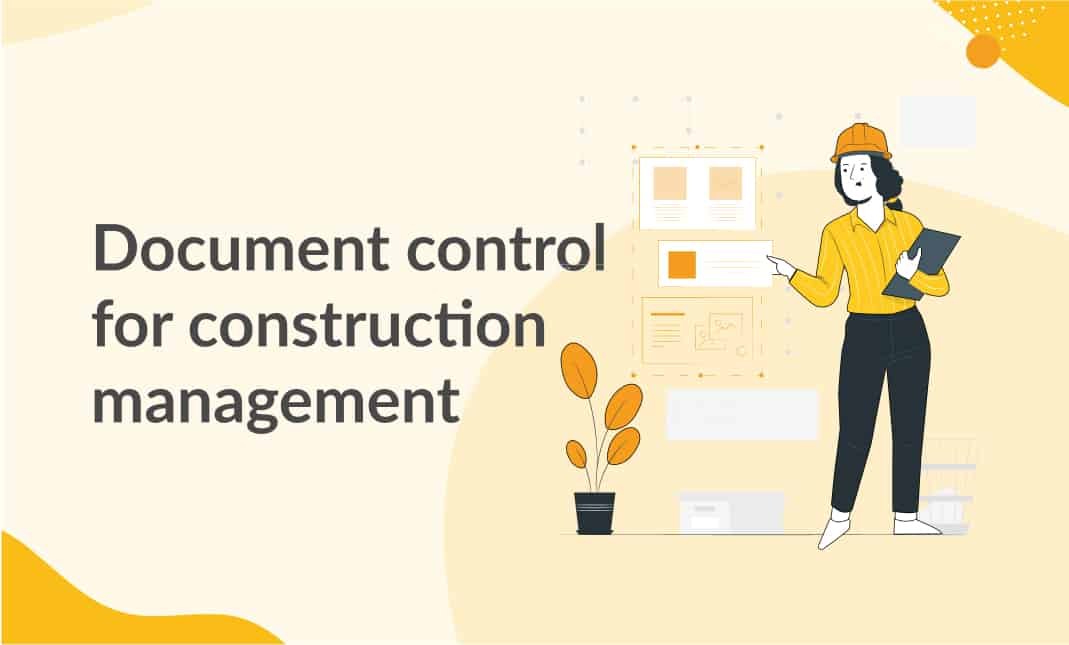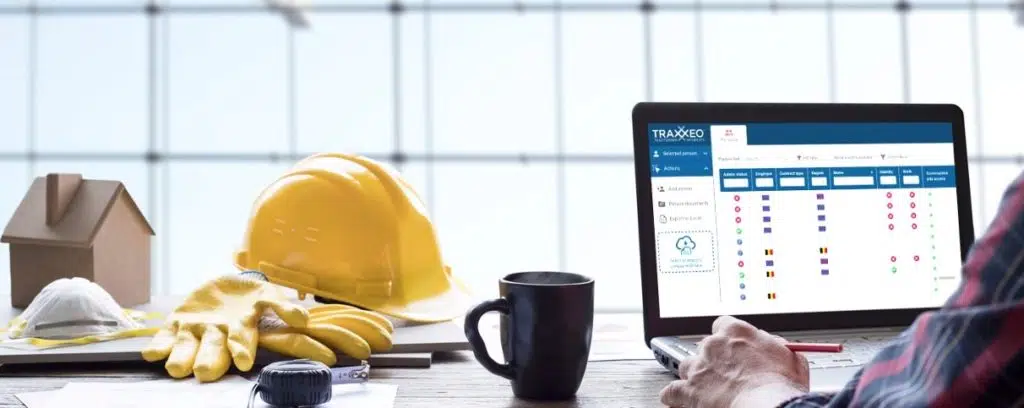Enhancing Operations Efficiency: Engineer's Professional Strategies for Building And Construction Paper Management
In the realm of architectural style and building, the meticulous administration of documents stands as a foundation for project success. These techniques not only make sure smooth project development yet also hold the essential to opening improved performance and precision in the elaborate realm of building paper monitoring.
Trick Record Company Methods
When handling building files, one of the key strategies that designers utilize is establishing a systematic and efficient company system. This system commonly entails categorizing files based on their type, such as illustrations, specifications, agreements, and allows. By producing clear and distinctive classifications, designers can quickly find details details when required, saving time and minimizing mistakes in the building and construction process.
Within each category, architects even more organize documents by making use of or producing subfolders numbering systems to represent versions or revisions (construction document management). This ordered framework makes sure that the most current and relevant information is quickly obtainable while keeping a record of changes made throughout the project timeline
Moreover, designers commonly make use of digital file monitoring systems that offer functions like keyword search features, version control, and accessibility constraints to enhance company and collaboration among project stakeholders. These tools simplify the file retrieval process, promote real-time updates, and help with seamless communication, ultimately contributing to the overall success of the building and construction task.
Collaborative System Assimilation
To maximize paper monitoring performance in building and construction tasks, designers effortlessly integrate collaborative systems to boost interaction and enhance coordination among task stakeholders. By leveraging joint systems such as project management software, cloud-based storage space systems, and communication tools, engineers can produce a centralized hub for all project-related records and communication channels. These systems permit team members to access, review, and team up on papers in real-time, decreasing hold-ups and the danger of errors connected with conventional document monitoring techniques.
Joint platform assimilation also cultivates openness and responsibility within the job team, as all stakeholders have exposure right into the most recent job updates and alterations. By centralizing communication and paper sharing, architects can guarantee that all employee are functioning from the most current details, reducing the possibilities of conflicts or misunderstandings developing as a result of outdated papers.
Furthermore, collaborative platforms allow smooth cooperation in between engineers, professionals, clients, and other job stakeholders, advertising a much more reliable and natural task operations. By damaging down interaction obstacles and facilitating information exchange, architects can drive productivity and development in construction jobs, eventually resulting in successful project outcomes.
Version Control Ideal Practices
Implementing reliable variation control techniques is vital for keeping file precision and consistency in building jobs. By establishing a clear system for handling revisions, task groups can ensure that everyone is working from one of the most up-to-date paperwork, minimizing the danger of errors and inconsistencies throughout the building and construction phase.
One of the essential best practices for variation control is to designate special identifiers to every document variation. This can be accomplished by utilizing a numbering system or day stamp that clearly indicates the order of alterations. By clearly labeling each model, team members can conveniently track the progression of the record and determine the most recent variation.

Automation Tools for Efficiency

Record control software program, like Procore or PlanGrid, centralizes project documentation, making it quickly official website available to all stakeholders. These systems enable real-time cooperation, variation control, and automated backups, safeguarding against information loss. Additionally, Structure Information Modeling (BIM) software automates the generation of construction drawings and makes sure that modifications are integrated throughout all associated papers.
Incorporating automation tools with cloud storage services even more improves ease of access and safety and security. By automating the file administration process, project teams can concentrate their effort and time on value-adding tasks, eventually enhancing productivity and project outcomes.
Secure Information Monitoring Solutions
Successfully taking care of and protecting task information is vital in the building industry to ensure discretion and stability throughout the project lifecycle. Secure information administration services play an essential role in shielding delicate information from unapproved gain access to or breaches. Building firms can utilize encrypted cloud storage space services to firmly share and store task papers with licensed employees. Carrying out access controls, such as customer authentication and permission setups, guarantees that just authorized people can view or change sensitive information.
In addition, utilizing electronic civil liberties management (DRM) tools includes an added layer of safety and security by stopping the unapproved distribution or replication of job records. Regular data back-ups are necessary to reduce the danger of data loss as a result of unforeseen situations like equipment failings or cyber-attacks. Collaborative platforms with built-in safety attributes enable seamless communication and data sharing amongst job staff member while keeping information integrity.
Conclusion
Finally, carrying out crucial record company strategies, incorporating collaborative platforms, practicing version control best practices, utilizing automation tools, and adopting secure data management solutions are important techniques for enhancing workflow efficiency in construction document monitoring. These experienced approaches can simplify procedures, enhance interaction, guarantee accuracy, and maintain information protection throughout the building and construction job lifecycle.
In the world of architectural design and construction, the thorough administration of files stands as a foundation for project success. These strategies not just make sure smooth job progression yet additionally hold the essential to unlocking boosted performance and accuracy in the elaborate world of building file management.
To maximize file management performance in building tasks, designers seamlessly incorporate collaborative systems to improve interaction and improve sychronisation among job stakeholders. These platforms enable group participants to gain access to, testimonial, and work together on records her response in real-time, minimizing delays and browse around here the danger of mistakes connected with typical file monitoring techniques.
Making use of automation devices in building document administration significantly improves performance and improves procedures for task teams. construction document management.